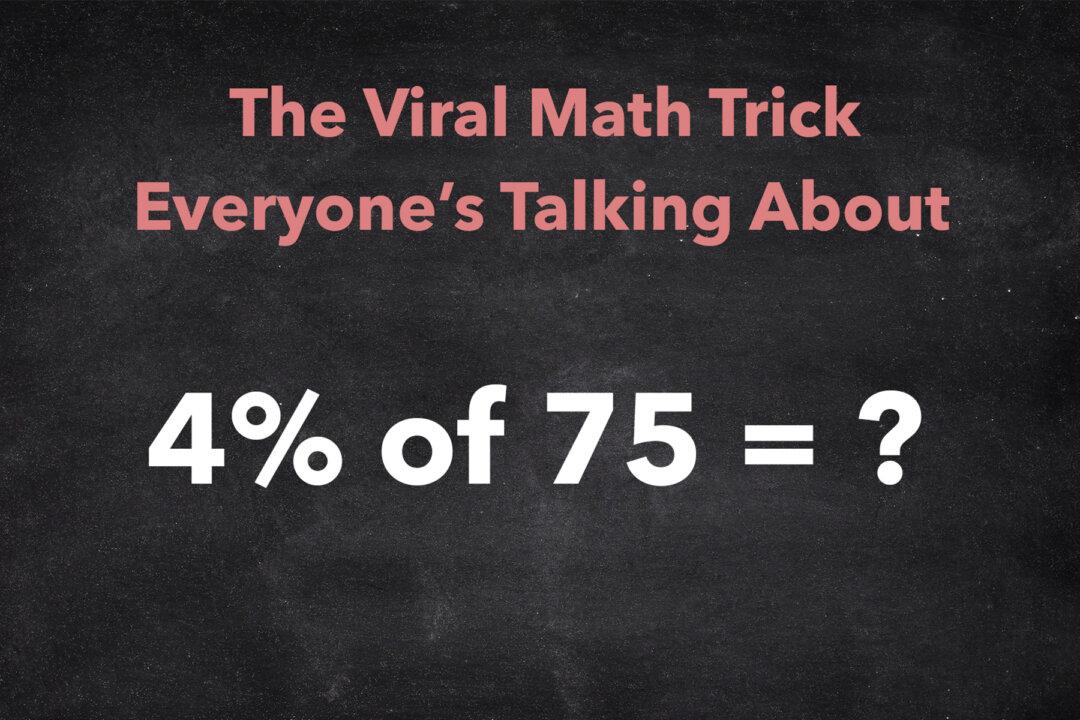An incredibly simple yet life-changing math trick has gone viral, and it’s causing quite a stir. Smashing the invisible barriers between intellectual snobbery and the rest of us, a few professional mathematicians have even come forward to admit they never knew about this hack. The outraged masses are berating the teachers of the past and wondering why they didn’t learn this in school.

Illustration - Shutterstock | Ollyy





